Is It Easy to Change Power Supply in a Desktop Computer
Computers are expensive devices and you should take extra care of yours to ensure it lasts. While processors, GPUs, RAM, and storage drives are important PC parts, there's one crucial item that they all depend on: the power supply unit (PSU).
PSUs are crucial because they deliver each part's electrical needs. If a PSU fails catastrophically, there's a chance that it could destroy your computer.
So how do you know if your power supply is about to give out? These are the six signs you should look out for.
1. Advanced Age
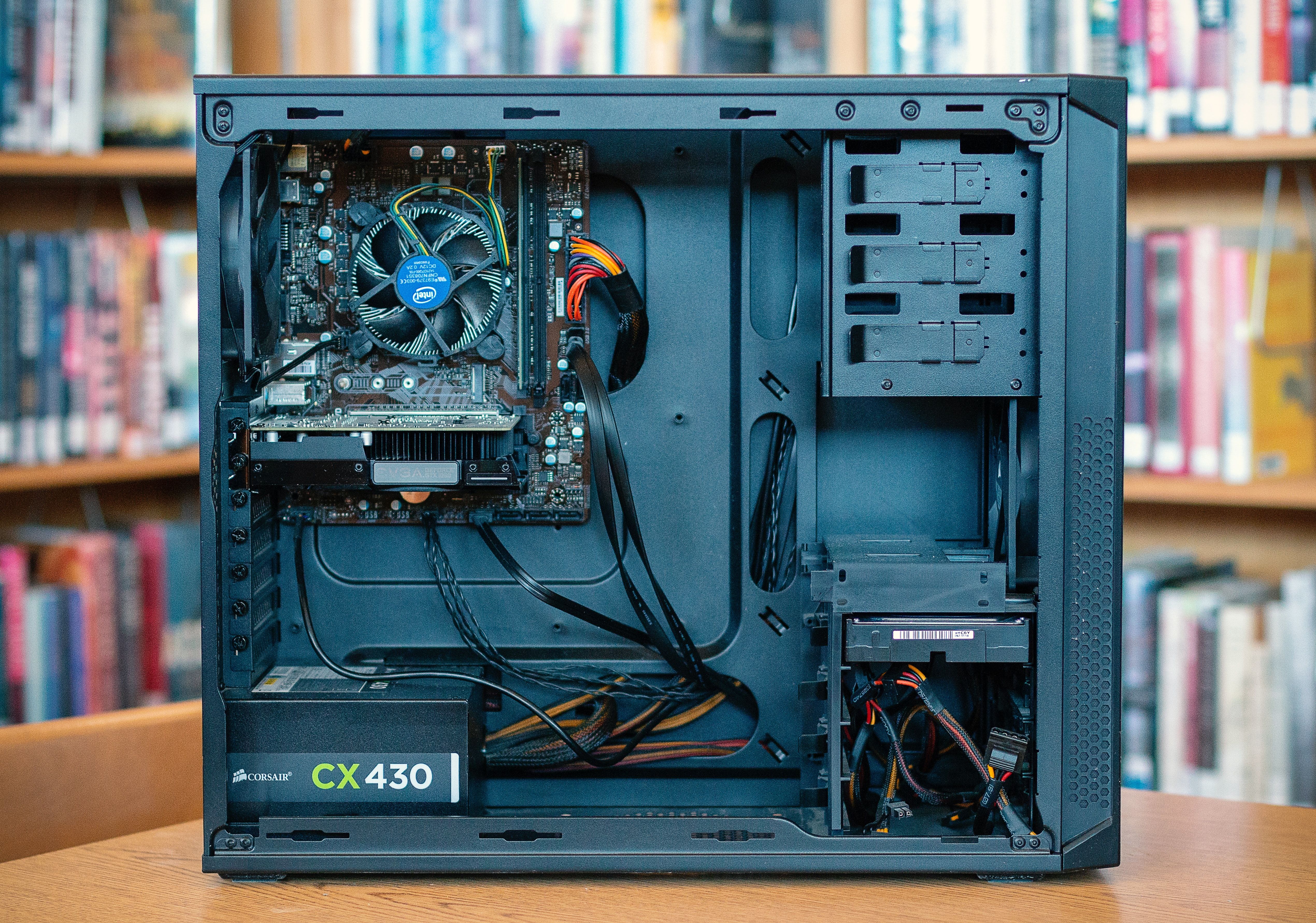
Many users buy a new computer when their device is about five years old. While you might buy a completely new system, replacing everything including the PSU, you can also choose to upgrade existing parts.
Herein lies the problem. As a PSU ages, so do its internal parts. That means capacitors, resistors, and other electrical components that can fail. When that happens, it could result in an internal power surge that will kill your newly installed RTX 3090 Ti.
That's why it's prudent to replace an aging PSU, especially if you're installing expensive components. You should only keep a PSU beyond about five years if your computer has specialized units guaranteed by the manufacturer to last longer.
2. BSOD
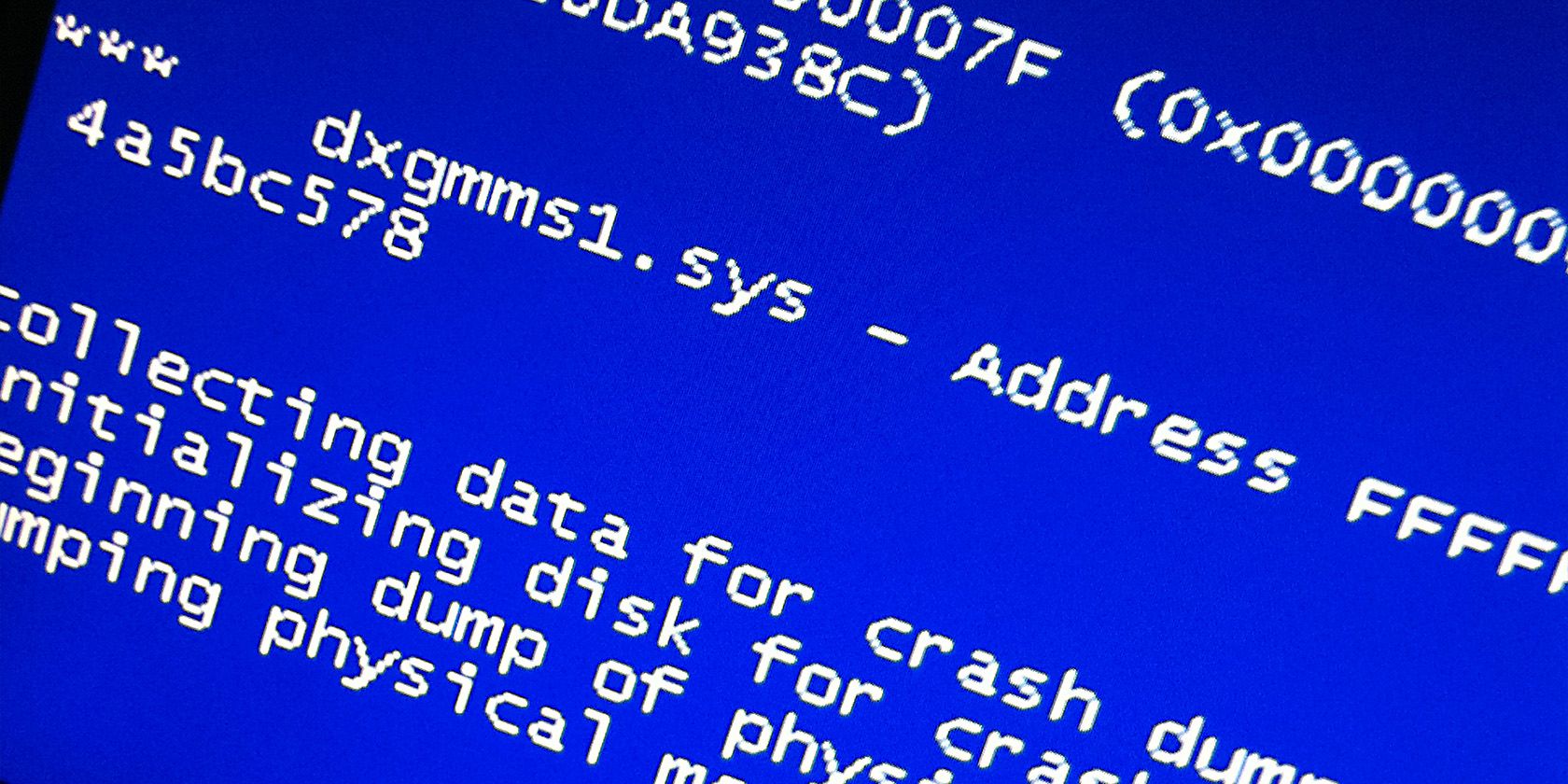
The Blue Screen of Death (BSOD) appears due to a catastrophic system failure that prevents your Windows PC from operating safely. While there are over 260 possible causes of a BSOD, there are at least five that directly relate to hardware:
- 0x00000080: NMI_HARDWARE_FAILURE
- 0x00000122: WHEA_INTERNAL_ERROR
- 0x00000124: WHEA_UNCORRECTABLE_ERROR
- 0x00000127: PAGE_NOT_ZERO
- 0x0000012B: FAULTY_HARDWARE_CORRUPTED_PAGE
If you get any of these errors, there's a possibility that your hardware isn't functioning correctly. This could be due to an error in a specific component. But if you often get this BSOD, even after removing or replacing the suspected part, your PSU could be at fault.
3. Crackling, Static, and Other Noises
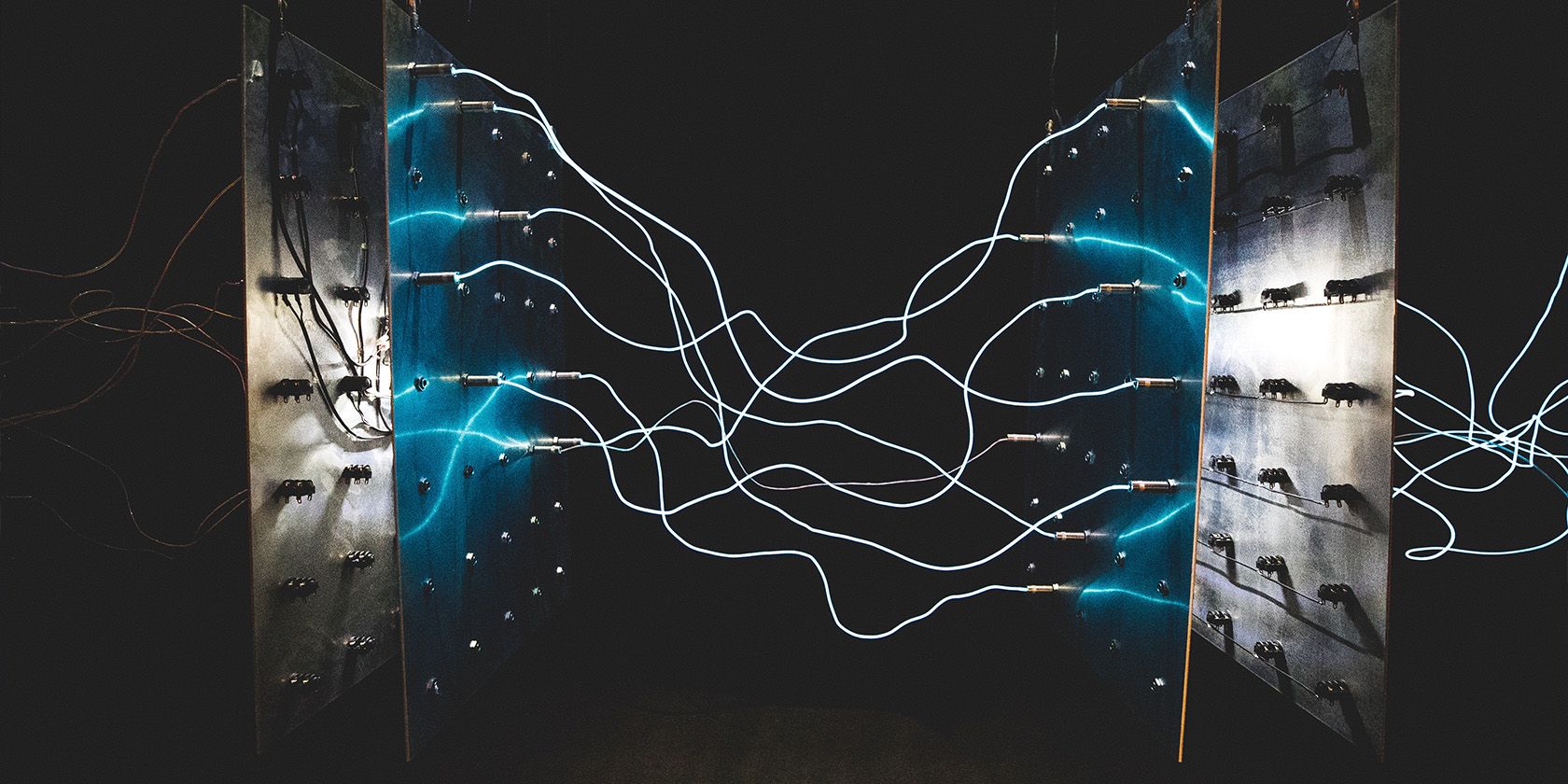
Manufacturers design computers to run as quietly as possible, except for fan and cooling noises. You should be wary when you start hearing hissing or crackling noises from your computer.
Power cords, lights, and other external interference can all be causes of unexpected noise. However, if you still hear them after you've checked such sources, including nearby outlets, there's a cause for concern.
Try disassembling and reassembling your system to see if this resolves the issue. If it doesn't, you should consider taking your computer to a certified technician or replacing the PSU.
Safety note: Remember to always unplug your computer when you do this. And never open your PSU!
Loose connections, electricity arcing across wires, or even a minor short can all be causes. It's best not to plug in your system until you resolve the issue.
4. Processor or GPU Issues
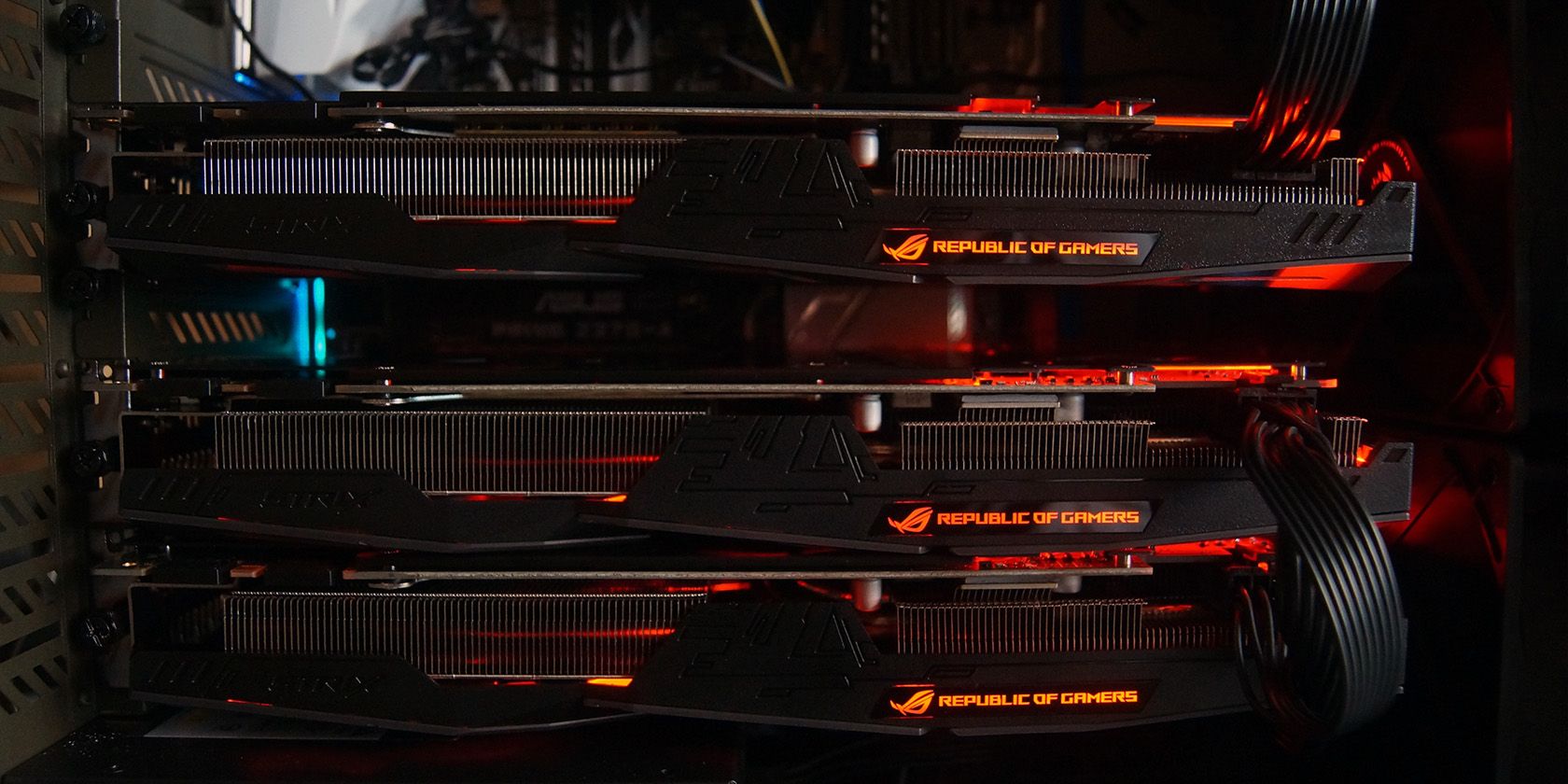
If you build your own system, it's easy to miscalculate its power requirements. Although your computer will still run with the minimum required power, it may run into issues when you start pushing it.
This is especially true with high-powered chips and video cards, that can use far more power than their base power requirements. For example, the Intel Core i9-12900K processor requires a 125-watt base power but can consume as much as 241 watts when pushed to its limits.
An Nvidia GeForce RTX 3090 Ti GPU requires 450 watts of power. If you combine that with the above processor, you will need at least 700 watts to run those two parts. That doesn't even include other components and peripherals, thus requiring a more powerful PSU.
Although a lower-powered PSU will run the system, you can experience issues under greater loads. So if you've recently upgraded a component and you're experiencing BSODs or other problems, check your PSUs capacity first.
5. Power Fluctuations
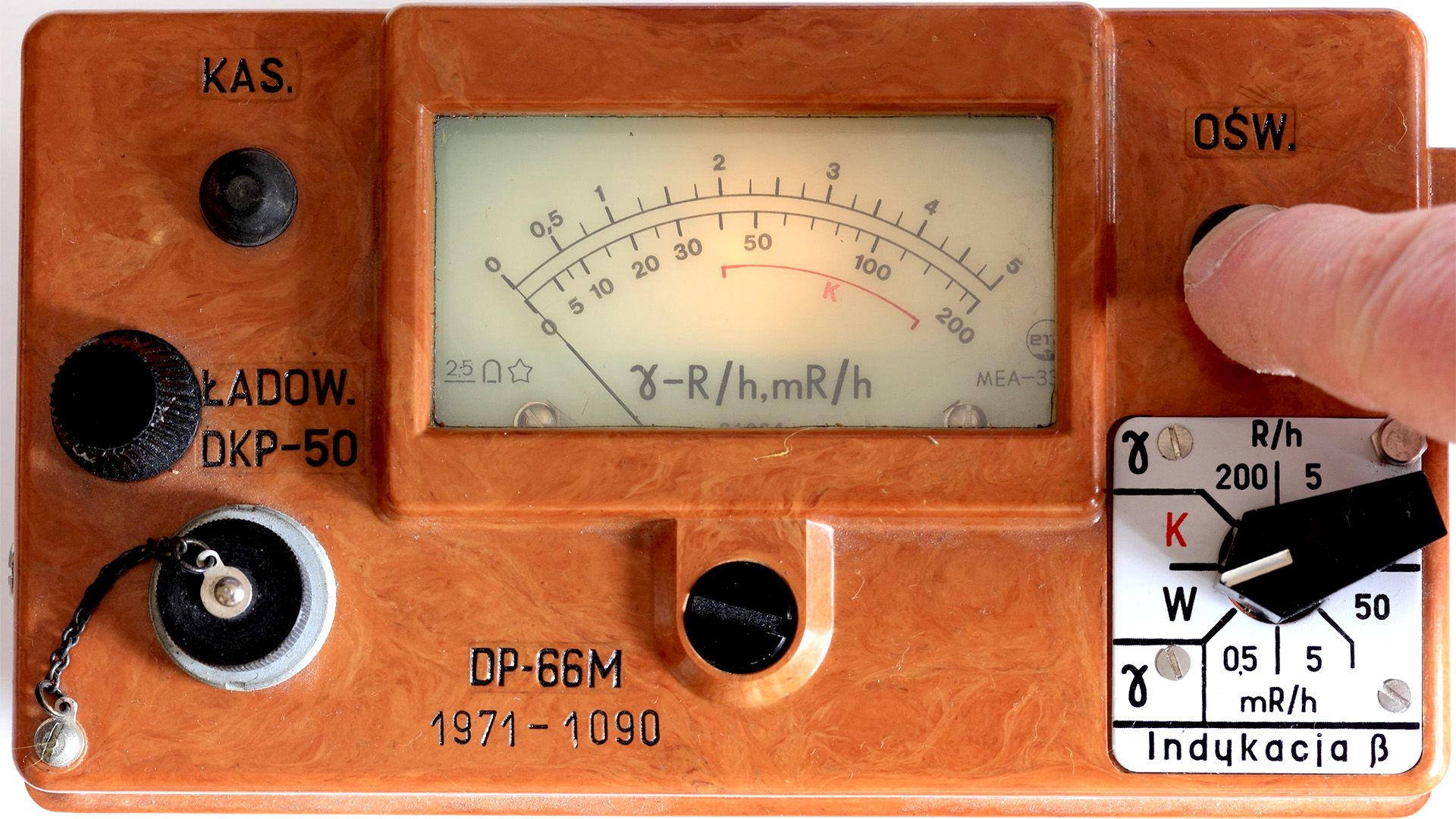
One sign of PSU problems is when you experience power fluctuations while using your PC. This is similar to what you will see when your home gets hit with electrical instability—the lights may dim or flicker and some systems will restart.
While internal power blips won't affect your monitor, they can affect LED lights powered by your PC. If you see them flicker or grow dim, that might signal an issue in your PSU.
You might even see a power problem cause your computer to suddenly shut off or restart for no obvious reason. Computer systems generally have some safety systems that cut power to avoid catastrophic results. So if this happens to you frequently, you should have somebody check your system.
6. Physical Damage
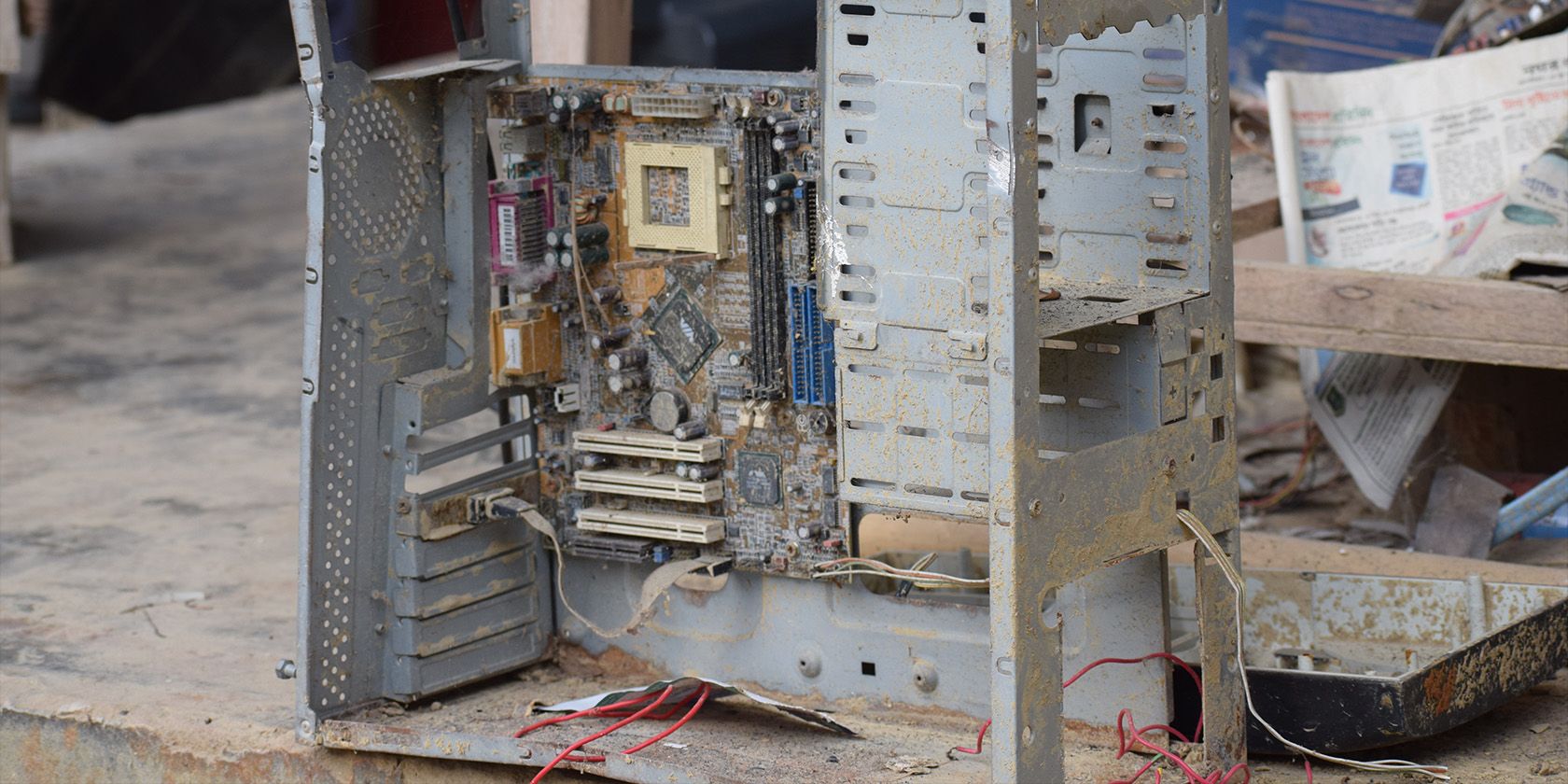
Even if you don't use your computer much, it's prudent to open it up for cleaning and inspection once in a while. You can do this annually or more frequently if you're a heavy user. When you open up your desktop computer for cleaning and reassembly, you should also check the physical condition of its parts.
Bulging capacitors, scorch marks, or other types of physical damage to your motherboard are all warning signs. If you see them you should have your system checked by a professional. You can also check your PSU by looking through its vent holes and other access points but never disassemble the unit to inspect it.
When working with computers, one thing you should never do is open up your PSU. Even if you've disconnected power, a PSU's parts can retain charge, especially capacitors. If you touch a capacitor, it can give you a nasty shock or worse, even if you've unplugged the system first.
PSUs Can Kill Your PC
All computers have sensitive electronic parts. These need a specific voltage and current, but you could damage them if you exceed their requirements. Many users have had their systems taken out by a bad PSU, so you should be aware of any signs of trouble with your PC.
When you think you're having issues with your power supply, the best thing you can do is have a certified technician look at it. That way, you can avoid damaging your PC or even destroying it altogether.
Remember, when building a PC, never forget the PSU. Because if you have an unreliable power supply, it could kill all the rest of your expensive parts.
Source: https://www.makeuseof.com/pc-power-supply-signs-upgrade/
0 Response to "Is It Easy to Change Power Supply in a Desktop Computer"
Postar um comentário